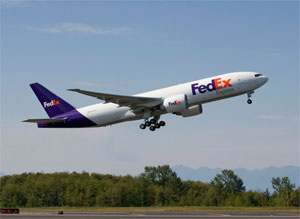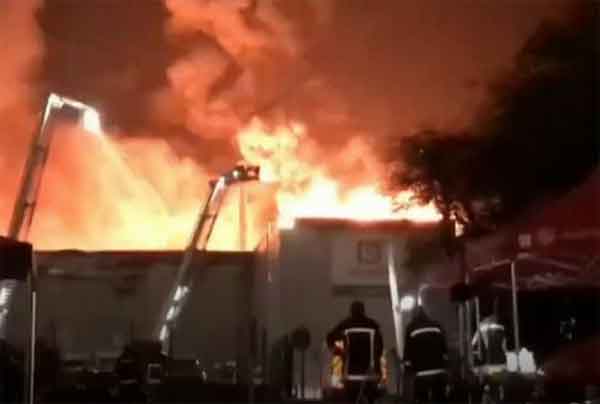| |
|
| |
|
 |
Supply
Chain by the Numbers |
| |
|
| |
- July 12, 2019 -
|
| |
|
| |
|
| |
|
| |
FedEx Amazon Business was Low Margin Indeed; Ocado Announces Tab of UK DC Photo; Tariffs not Slowing US Asian Import Rise; Banner Year for 3PLs in 2018 |
| |
|
| |
| |
| |
| |
0.25% |
 |
That was the top end of the operating profit that FedEx was making off its contract to deliver express parcels for Amazon. The low profits led FedEx discontinue doing that business with Amazon, stepping away from nearly $1 billion in annual revenue when the contract expired at the end of June. Amazon made up some 1.3% of FedEx's 2018 revenue. Donald Broughton, the founder and managing partner of Broughton Capital, told Business Insider the operating profit from that revenue was under just 0.25% - "something between tiny and zero." UPS, which has a greater share of its business tied to Amazon, is said to be facing the same issues. The core dilemma: volumes for ecommerce from Amazon and other etailers are soaring, but revenues per package and profits are falling, leaving execs at parcel carriers with some tough decisions – one of which FedEx has already made. |
|
|
| |
| |
|
|
|
That was the growth in net revenues at US 3PLs in 2018, according to new estimates from the 3PL sector analysts at Armstrong & Associates. Net revenue is defined as gross revenues less purchased transportation. That would put growth for logistics service providers as rising a bit faster than the robust 11.4% growth in overall US logistics spend in 2018, as calculated in the 2019 State of Logistics report, released in June by CSCMP. That 12.1% took the total US 3PL market to $213.5 billion in 2018. The last time the US saw this level of 3PL gross revenue growth was in 2010, when the 3PL market bounced back 19% from its 16% decline in 2009 during the great recession. Armstrong says the two primary drivers of 3PL sector growth were: (1) an extraordinary inventory build as shippers imported products to beat the implementation of Trump's import tariffs and (2) solid domestic economic expansion, coupled with tight domestic carrier capacity driving up freight rates. |
| |
| |
|
| |
| |
$137 Million |
 |
That's how much the price tag is going to be for the fire that destroyed the main distribution center of UK on-line grocer Ocado in February, according to a financial filing it made last week. The story is an odd one, because Ocado is transitioning from being a grocer to a system provider to other grocery chains. And it was one of its mobile robots, which t travel around in a grid-like structure to deliver goods to packers waiting below, that caught fire and caused the major blaze, which totally destroyed the DC. Yet despite the fire, companies are moving ahead anyway, including Kroger, which just broke ground on the first of what is supposed to be 20 new ecom DCs using Ocado technology. The aftermath of the fire has been devastating for Ocado's financials. The company now expects to lose $175 million this year. Melonee Wise, CEO of mobile robot Fetch Robotics, said last year that. "I honestly hope 2019 is the year that robot safety becomes a top priority. The potential mistakes of one robotics company could set our industry back for years."
|
| |
| |
| |
| |
| |
|
|
|
| |
 |
 |
| |
|
|
| |